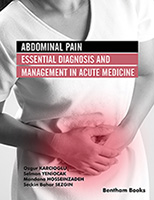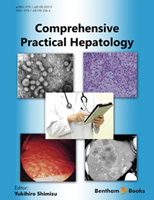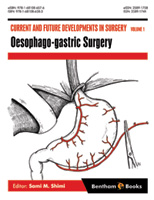Foreword
This book is an outline of the achievements of experimental liver microsurgery. Microsurgery has now come of age; starting in the 1950s with optics and surgical instruments, often modified from other uses, the experimental surgeon has now operating microscopes, micro-instruments and sutures of a wide variety and high quality. The authors of this book are to be congratulated in bringing together the current status of microsurgery in experimental liver research. This is an area where there have been and continue to be important advances as a result of the skill of microsurgeons in providing an opportunity to study experimental procedures in a large number of animals. I remember in the 1960s visiting Dr. Sun Lee, who was regarded as the father of microsurgery of the liver. I was impressed with his extraordinary skill, precision and perseverance, and it was under his tutelage that other young surgeons learned the techniques of liver surgery in small animals and, in particular, transplantation of the liver. It is timely that this book has been written, the chapters are clearly laid out with illustrations that are informative and helpful in a practical sense. Nevertheless, as the authors point out, for any of these techniques instead of the surgeon “having a go”, it is far quicker, cheaper and more humane to visit a centre where these techniques are routine and obtain a thorough training before embarking on microsurgical procedures independently. Microsurgery of the liver has contributed important information on liver physiology, immunology and the potential and limitations of surgical procedures. I can thoroughly recommend the book which should be available to all liver surgeons who are interested in advancing their subject.





